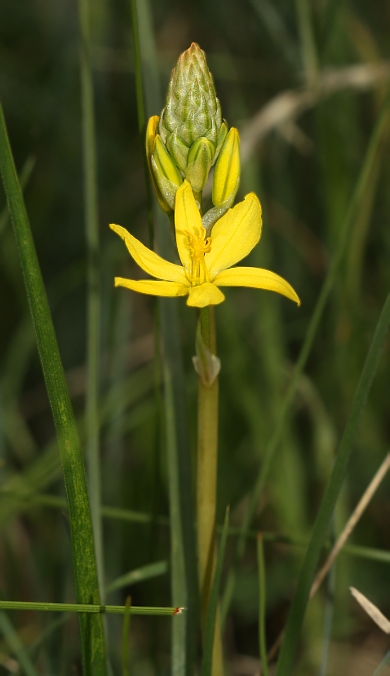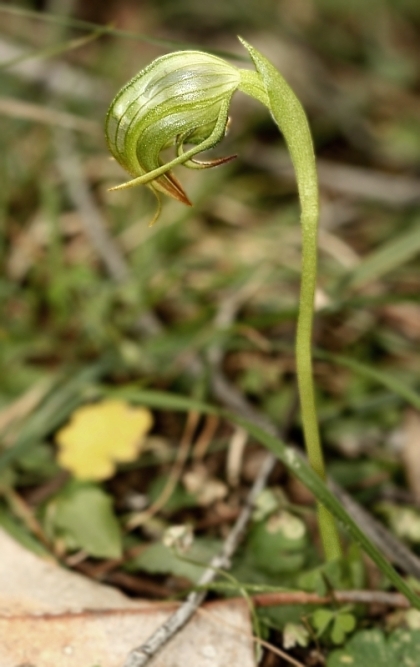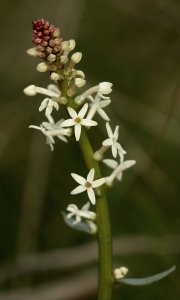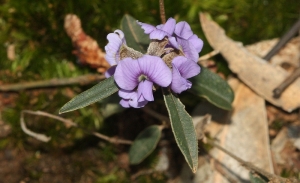Filed under: Flora, Observations | Tags: Flora, Livingstone National Park, Nature, Orchids, Photography, Wagga, Wagga Wagga, Wildflowers
Bulbine Lily (Bulbine bulbosa)
The first of Willans Hill’s bulbine lilies emerged just over a week ago. Bulbines are extremely common and conspicuous, making them a good indicator of the onset of spring. A few less noticeable species have also begun flowering on the hill, including the glycines (Glycine spp.) and the native geranium (Geranium solanderi).
Livingstone National Park is home to the greatest diversity of plant life in the region, and a number of interesting species have started to emerge there. The parrot’s beak orchid (Pterostylis nutans), also known as the nodding greenhood, is one example.
Parrot's Beak Orchid (Pterostylis nutans)
Among the more interesting plants recorded in flower at Livingstone were the peach heath (Lissanthe strigosa), the pea-flower Hovea heterophylla, the granite mintbush (Prostanthera granitica) and a species of sundew (Drosera sp.), a carnivorous plant.
Peach Heath (Lissanthe strigosa)
Granite Mintbush (Prostanthera granitica)
Also recorded were a species of buttercup (Ranunculus sp.), the purple coral-pea (Hardenbergia violacea) and a tiny star (Hypoxis sp.). The austral bear’s ear (Cymbonotus preissianus), an inconspicuous and unspectacular plant, was also in flower.
The golden wattle (Acacia pycnantha) is flowering along roadsides near Livingstone, as is the early wattle (Acacia genistifolia) and another species that may be the gold-dust wattle (Acacia acinacea). Within the park itself, some kangaroo thorn (Acacia paradoxa) and ploughshare wattle (Acacia gunnii) plants carried a few flowers.
Also recorded recently in Livingstone was a species of mosquito orchid (possiblyAcianthus collinus ).
Mosquito Orchid (Acianthus sp.)
Acianthus collinus is winter-flowering, rather than spring-flowering. This is the fourteenth orchid species I have recorded at Livingstone.
—
Addendum (13/08): Some Creamy Candles (Stackhousia monogyna) have started to emerge as well.
Creamy Candles (Stackhousia monogyna)
Also, a patch of greenhoods (possibly Pterostylis nana) was recorded on Willans Hill.




